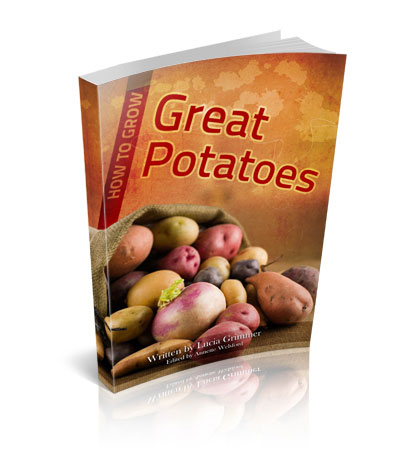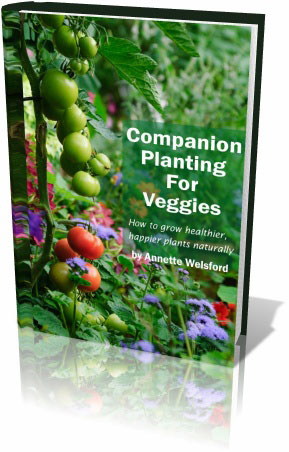Growing Parsnips for the Pot
While parsnips are not everybody’s favourite vegetable, used in small quantities, they will add a distinctive and delicious flavour to soups and stews.
They are not difficult to grow, although they will take a good four months for the roots to reach maturity.
Where to Grow Parsnips
Parsnips, like other root vegetables, do need space. It is also important to ensure that the soil is reasonably deep, otherwise you won’t produce long, smooth, well-shaped veggies. Shallow soil doesn’t allow them to develop properly.
It is also important to grow parsnips in well-prepared, good quality soil. In fact, of all the root vegetables, parsnips are the most picky in terms of soil. In addition to depth, they like loose soil that has fairly high sand content.
Prepare Soil for Planting Parsnips
Having identified a suitable spot for a parsnip patch, the soil must dug to a depth of about 300 mm (about a foot). Then dig in a good quality fertiliser containing the three essential nutrients, nitrogen, phosphorus and potassium (N, P, K). You might also need to add manure or well-matured compost. It is important to remove any stones that might be in the soil, as well as to break up any clods of earth.
Sowing Parsnip Seed
Rake the soil and then dig out shallow drills or furrows about 225 mm to 300 mm (less than a foot) apart.
The seeds don’t “run” easily, so you then need to place them in the rows (or drills) about 20 mm (about ¾ inch) apart. Cover with fine soil and then firm down before watering.
The dangers when growing parsnips lie fairly and squarely in the soil. If it is too wet, there is a danger that the seed will rot. If the soil gets too hot, on the other hand, then it could dry out and fail to germinate. Careful monitoring of watering will solve the first problem; mulching with grass mowings helps to solve the second.
Germination and Growth
Germination is slow and rather tedious. For this reason there are seasoned gardeners who make a habit of planting radish seed along with their parsnips. Radishes germinate very quickly, and won’t interfere with the germination or growth of your precious parsnips. Another benefit of planting radishes is that they open up the crusty upper soil surface, making it easier for the less vigorous parsnip seedlings to emerge.
Generally parsnips seedlings should be thinned out after about six weeks of growth. If you leave about 100 mm (4 inches) between the plants you will be safe. If you want to “show” or even just show-off with your plants, leave a bit more space (at least 150 mm or about 6 inches) between them.
For the rest, the procedure is the same as when growing carrots. Earth up the growing plants slightly after thinning, and side dress IF needed.
Harvesting Parsnips
You will need to harvest your parsnip crop carefully. Don’t be tempted to attack the patch with a fork as you might do when harvesting potatoes, because you WILL damage the roots. Rather work row by row and lever the roots carefully with the fork. Generally it’s easier to lift them if the soil is moist.
Then all that is left is to cook and enjoy!
Tags: grow parsnips, harvesting parsnips, parsnip patch, parsnip seed, planting parsnips, radish seed, root vegetables













